Discover the World of Single Pane Glass
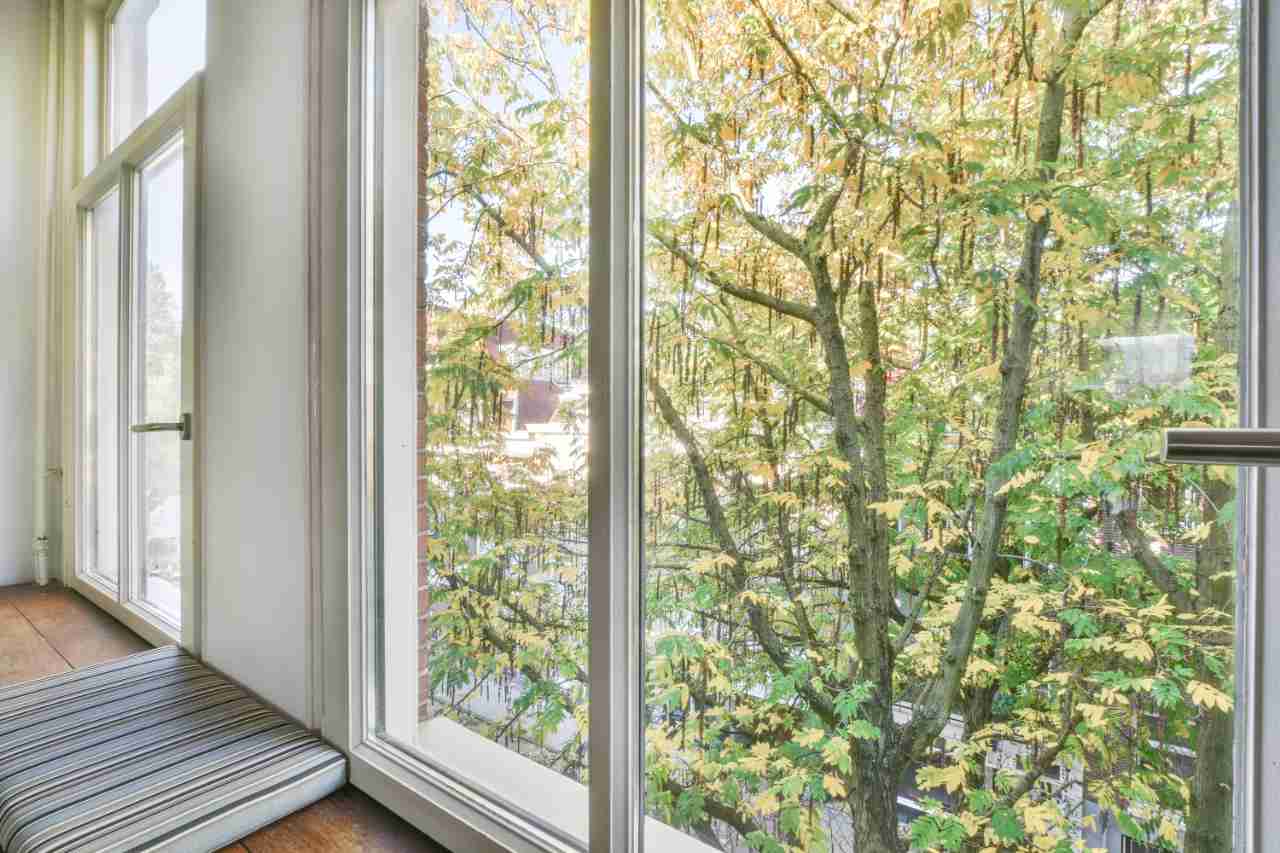
The simplicity of single pane glass offers a unique blend of transparency and functionality, making it a popular choice in architecture and interior design.
Why Single Pane Glass Matters
Single pane glass plays a crucial role in our daily lives. Its straightforward design allows for maximum light transmission, brightening up spaces and creating a sense of openness. This glass type is not just about aesthetics; it’s also about practicality. Its cost-effectiveness makes it an attractive option for those on a budget. While it may not offer the same insulation properties as its multi-pane counterparts, single pane glass has its own set of advantages that deserve recognition.
Single Pane Glass: A Timeless Classic
Despite the advent of more complex glass technologies, single pane glass retains its charm and relevance. Its ease of installation and replacement makes it a go-to choice for many homeowners and builders. This type of glass is not only about letting light in; it’s also about providing a clear view of the outside world, unobstructed by multiple layers or coatings.
Embracing the Simplicity of Single Pane Glass
As we delve deeper into the world of single pane glass, we discover its various applications and how it shapes our environments. Whether it’s used in traditional window settings or as part of innovative design projects, single pane glass has a versatility that is both timeless and adaptable. In this article, we will explore the benefits, drawbacks, and practical uses of single pane glass, offering insights and information to help you understand this simple yet impactful material better.
Unveiling the Essence of Single Pane Glass
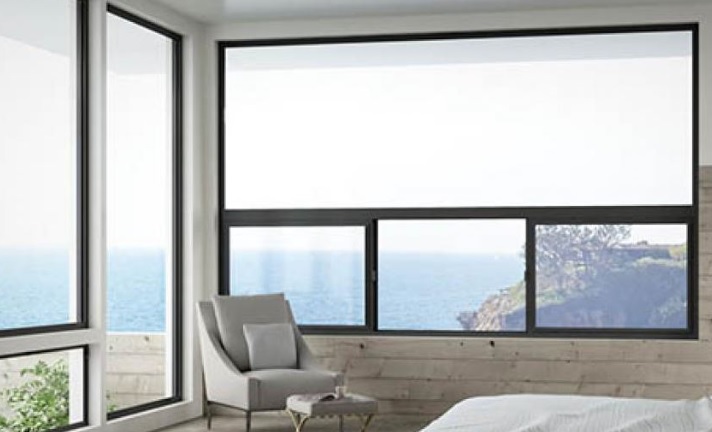
What Exactly is Single Pane Glass?
Single pane glass, as the name suggests, is a type of glass consisting of a single layer. This design makes it distinct from other glass types, which might have multiple layers for various purposes. The simplicity of single pane glass is its defining characteristic. It is a clear, unadorned sheet of glass that serves as a basic yet essential component in many structures.
The Basic Structure of Single Pane Glass
At its core, single pane glass is straightforward. It’s simply a sheet of glass with no additional layers or special coatings. This uncomplicated structure contributes to its affordability and ease of handling. When you look through a single pane of glass, you’re seeing the world through a clear, unfiltered lens.
Historical Perspective on Single Pane Glass
Tracing back its history, single pane glass has been a part of human civilization for centuries. Its earliest forms were far from the refined product we see today. Early glass was often irregular and cloudy. Over time, advancements in technology and manufacturing have transformed single pane glass into the smooth, clear product we are familiar with.
Single Pane Glass in the Modern Era
In today’s world, single pane glass continues to be widely used, despite the presence of more advanced glass types. Its enduring popularity lies in its straightforwardness and versatility. Whether it’s a window in an old house or a piece in a picture frame, single pane glass has a role to play in both functional and decorative capacities.
The Role of Single Pane Glass in Daily Life
Single pane glass is more than just a material; it’s a part of our everyday lives. Its presence in windows, doors, and other elements of buildings allows natural light to enter our spaces. This type of glass may not have the insulating properties of double or triple-pane glass, but it still plays a vital role in providing clarity and visibility.
Exploring the Advantages of Single Pane Glass
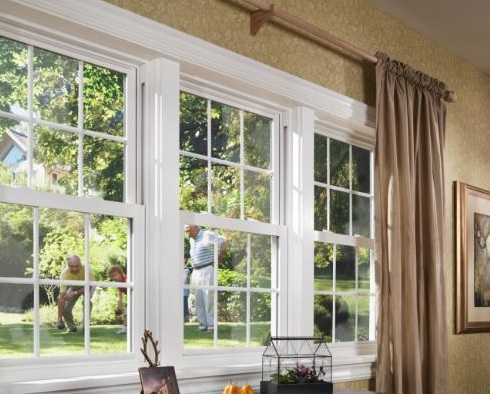
When it comes to single pane glass, its simplicity is its greatest strength. This basic form of glass, though often overshadowed by more complex types, offers several benefits that make it a valuable choice in various contexts. Let’s delve into these advantages to better understand why single pane glass remains a popular option.
Cost-Effectiveness: An Affordable Choice
One of the most significant benefits of single pane glass is its affordability. Compared to double or triple-pane options, single pane glass is generally less expensive. This makes it an ideal choice for budget-conscious projects or situations where the extra insulation provided by multiple panes is not necessary.
Clarity and Light Transmission: Brightening Spaces
Single pane glass is excellent at letting natural light into a space. Its single-layer structure allows for maximum light transmission, making rooms feel brighter and more open. This is particularly beneficial in areas where natural light is desired to create a welcoming atmosphere.
Ease of Installation and Replacement
The simplicity of single pane glass also translates to ease of installation and replacement. Being lighter and less bulky than its multi-pane counterparts, single pane glass can be handled and fitted more easily. This makes it a convenient choice for both new installations and replacements.
Versatility in Application
Single pane glass is incredibly versatile. It can be used in a variety of settings, from residential windows to commercial buildings, and even in artistic or decorative contexts. Its clear, unobstructed view makes it suitable for picture frames, greenhouses, and interior partitions.
Environmental Impact: Considerations for Sustainability
In the context of environmental sustainability, single pane glass has both pros and cons. On the one hand, its production process is generally less resource-intensive than that of multi-pane glass. On the other hand, its lower insulating properties can lead to increased energy use for heating or cooling. However, in certain climates or applications, the benefits of single pane glass may outweigh these concerns.
Conclusion: Weighing the Benefits
In conclusion, single pane glass offers a range of benefits that make it a worthwhile choice in many situations. Its cost-effectiveness, clarity, ease of installation, and versatility are key factors that contribute to its enduring popularity. While it may not be the ideal choice for every application, single pane glass has a unique set of advantages that continue to make it a valuable material in the world of glass and glazing.
Understanding the Limitations of Single Pane Glass
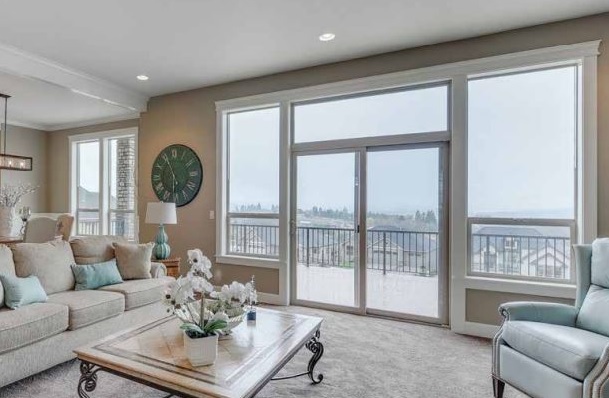
A Balanced View
While single pane glass has its advantages, it’s important to also recognize its drawbacks. These limitations play a crucial role in deciding whether single pane glass is the right choice for a specific application. Let’s explore these drawbacks to gain a comprehensive understanding of single pane glass.
Insulation and Energy Efficiency: A Key Concern
One of the main drawbacks of single pane glass is its poor insulation properties. Unlike double or triple-pane glass, single pane glass does not provide significant insulation against heat and cold. This can lead to increased energy costs for heating and cooling, particularly in extreme weather conditions.
Noise Reduction: Not as Effective
Single pane glass is also less effective in reducing noise. If you live in a noisy area, such as near a busy street or airport, single pane glass may not provide the level of sound insulation you need. This can be a significant drawback for those seeking a quieter living or working environment.
Durability and Safety: Points to Consider
In terms of durability and safety, single pane glass is generally more fragile than multi-pane options. It is more prone to breakage, which can pose safety risks, particularly in areas where broken glass could lead to injury. This is an important consideration for households with children, pets, or in public spaces.
Environmental Impact: A Double-Edged Sword
As mentioned earlier, while the production of single pane glass may be less resource-intensive, its poor insulating properties can lead to higher energy consumption. This increased energy usage can have a negative impact on the environment, making single pane glass a less eco-friendly option compared to insulated glass types.
Maintenance and Longevity: Additional Factors
Single pane glass may require more maintenance over time, as it is more susceptible to damage from environmental factors. Additionally, its lower durability can mean a shorter lifespan compared to double or triple-pane glass, potentially leading to more frequent replacements.
Conclusion: Weighing the Drawbacks
In conclusion, while single pane glass has its place in various applications, it’s important to consider its limitations. Its poor insulation, reduced noise reduction capabilities, lower durability, potential environmental impact, and maintenance requirements are key drawbacks that should be weighed against its benefits. Understanding these limitations helps in making informed decisions about using single pane glass in specific contexts.
Exploring the Diverse Uses of Single Pane Glass
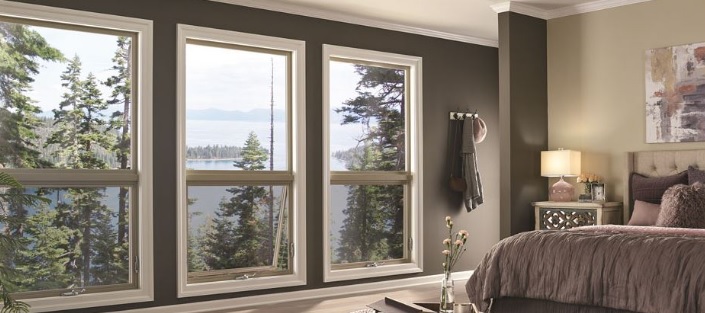
Single pane glass, with its straightforward design, finds its place in a myriad of applications. Its versatility extends from traditional uses in buildings to more creative and unconventional settings. This section will explore the various ways in which single pane glass is utilized, highlighting its adaptability.
Residential and Commercial Buildings: A Classic Choice
In both residential and commercial buildings, single pane glass is commonly used in windows, doors, and skylights. It’s particularly prevalent in older buildings where it has been the standard for many years. Single pane glass provides a clear view and allows natural light to permeate living and workspaces, enhancing the ambiance of these environments.
Interior Design and Decoration: Adding Aesthetic Value
Single pane glass is not just functional; it’s also an aesthetic choice. It’s widely used in interior design and decoration, such as in picture frames, glass tabletops, and cabinet doors. Its clarity and simplicity make it an excellent choice for showcasing artwork, photographs, and other decorative items.
Specialized Uses in Various Industries
Beyond typical building applications, single pane glass has specialized uses in various industries. For example, it’s used in greenhouse construction, where its high light transmission is essential for plant growth. Additionally, single pane glass is often found in certain automotive applications, as well as in some types of machinery and equipment.
Art and Craft Projects: Unleashing Creativity
The creative potential of single pane glass is not to be underestimated. Artists and crafters often choose this type of glass for projects like stained glass, glass etching, and mosaic work. Its simplicity serves as a blank canvas, allowing for artistic expression and creativity.
Photography and Framing: Preserving Memories
In photography and framing, single pane glass plays a crucial role. It’s used in picture frames to protect and display photographs and artwork. Its clear, unobstructed view ensures that the focus remains on the displayed items, preserving memories and artistic expressions.
Conclusion: A Material of Many Uses
In conclusion, single pane glass, with its simple yet effective design, is a material of many uses. From its traditional role in buildings to its creative applications in art and design, single pane glass demonstrates remarkable versatility. Its ability to adapt to various needs and settings makes it an enduring and valuable material in the world of glass and glazing.
Comparing Single Pane Glass and Double Pane Glass

Understanding the Differences
When choosing glass for windows and other applications, it’s essential to understand the differences between single pane glass and double pane glass. Each type has its own set of characteristics, benefits, and drawbacks. This comparison will help you make an informed decision based on your specific needs.
Insulation and Energy Efficiency: A Key Distinction
One of the most significant differences between single pane glass and double pane glass is their insulation properties. Double pane glass, with its two layers of glass and an insulating air or gas-filled space in between, offers better insulation than single pane glass. This results in improved energy efficiency, keeping homes and buildings warmer in winter and cooler in summer.
Noise Reduction: A Comparative Look
In terms of noise reduction, double pane glass also has the upper hand. The additional layer and insulating space help reduce noise transmission, making it a better choice for those living in noisy environments. Single pane glass, while effective in providing a clear view, does not offer the same level of sound insulation.
Cost and Budget Considerations
When it comes to cost, single pane glass is generally more affordable upfront. However, it’s important to consider long-term energy costs. Double pane glass may have a higher initial cost, but its energy-saving properties can lead to savings on heating and cooling bills over time.
Durability and Maintenance: Weighing the Options
Double pane glass is typically more durable than single pane glass. Its construction makes it less prone to breakage and can offer better security. However, if a double pane window’s seal fails, it can lead to condensation between the panes, which can be a maintenance concern. Single pane glass, while less durable, is simpler to maintain and replace if needed.
Aesthetic and Design Choices
In terms of aesthetics, both single pane and double pane glass have their merits. Single pane glass offers a classic, unobstructed view, while double pane glass can come with various options like low-E coatings and tinting for added functionality and design flexibility.
Environmental Considerations: A Balanced View
From an environmental perspective, double pane glass’s better insulation properties make it a more eco-friendly option in the long run. It can help reduce carbon footprint by lowering energy consumption. Single pane glass, while less efficient, has a smaller initial environmental impact due to its simpler manufacturing process.
Making the Right Choice
In conclusion, when comparing single pane glass and double pane glass, it’s important to consider insulation, noise reduction, cost, durability, aesthetic preferences, and environmental impact. Understanding these differences will guide you in choosing the glass type that best suits your needs, whether it’s the simplicity of single pane glass or the enhanced features of double pane glass.
Effective Maintenance and Care for Single Pane Glass
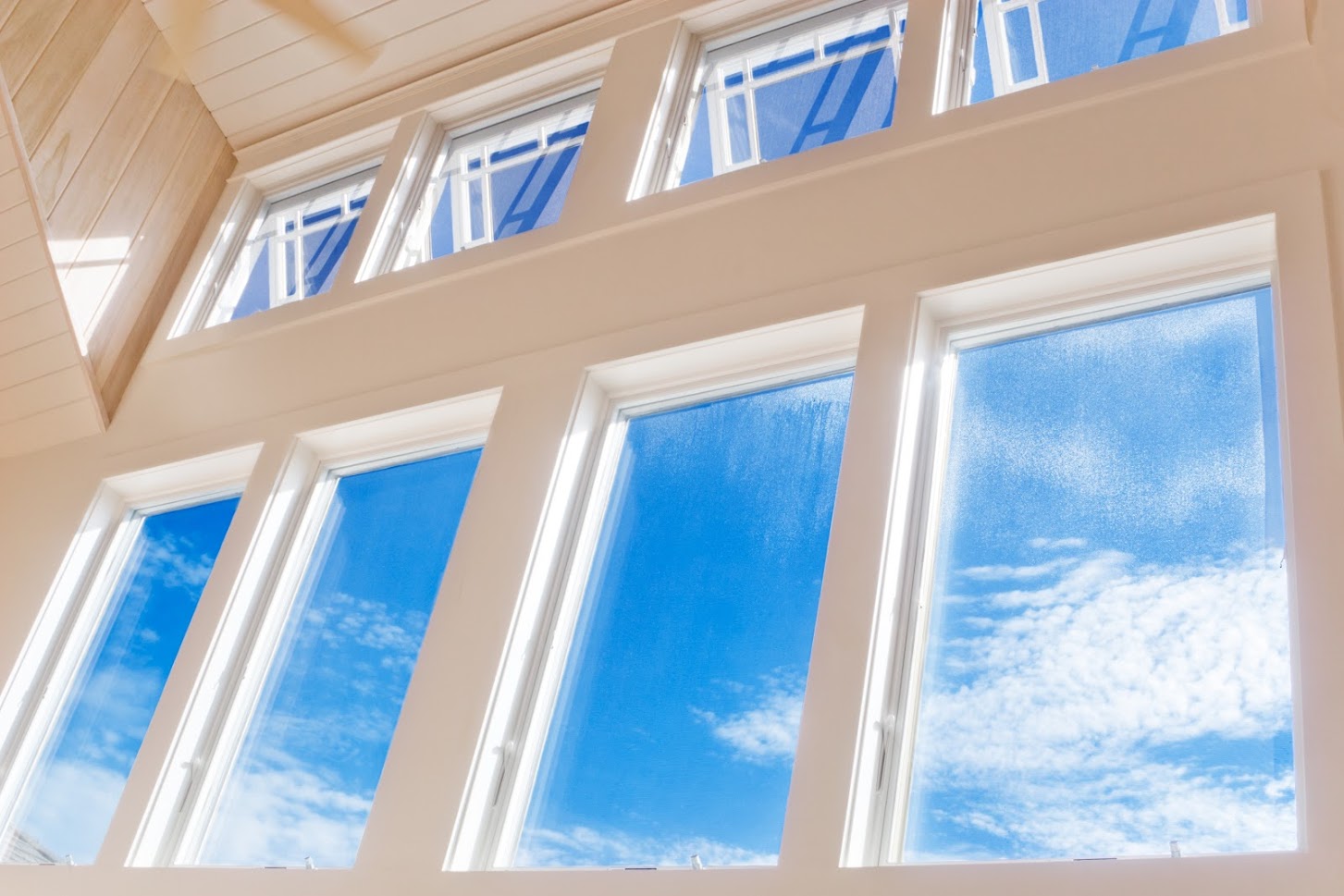
Ensuring Longevity
Single pane glass, with its straightforward design, requires proper maintenance and care to ensure its longevity and performance. Regular upkeep not only helps in preserving its clarity and appearance but also in extending its lifespan. This guide will provide you with essential tips for maintaining and caring for your single pane glass.
Regular Cleaning: A Key to Clarity
Keeping single pane glass clean is essential for maintaining its appearance and functionality. Dust, dirt, and grime can accumulate on the surface, reducing visibility and light transmission. Regular cleaning with a mild detergent and a soft cloth or sponge can keep your glass looking clear and bright. Avoid using abrasive materials or harsh chemicals that can scratch or damage the glass.
Inspection and Prompt Repairs
It’s important to inspect your single pane glass regularly for any signs of damage, such as cracks, chips, or loose frames. Promptly addressing these issues can prevent further deterioration and potential safety hazards. Small cracks or chips can often be repaired, but significant damage may require glass replacement.
Protection from Environmental Factors
Environmental factors like extreme temperatures, moisture, and sunlight can affect single pane glass. Protecting your glass from these elements can help in maintaining its condition. Using window coverings like blinds or curtains can reduce exposure to direct sunlight and heat, while proper sealing can protect against moisture and drafts.
Seasonal Care: Adapting to Weather Changes
Adapting your maintenance routine to seasonal changes can be beneficial for single pane glass care. In colder months, ensuring proper sealing and insulation around the glass can help prevent condensation and frost. In warmer months, regular cleaning and protection from direct sunlight can preserve the glass’s quality.
Safety Precautions: Handling with Care
When cleaning or repairing single pane glass, it’s important to take safety precautions. Wear protective gloves and eyewear to prevent injuries from broken glass. If you’re not comfortable performing repairs or maintenance tasks, consider hiring a professional to ensure the job is done safely and effectively.
Conclusion: A Commitment to Care
In conclusion, proper maintenance and care are crucial for keeping single pane glass in good condition. Regular cleaning, prompt repairs, protection from environmental factors, seasonal adjustments, and safety precautions are all important aspects of single pane glass upkeep. By committing to these practices, you can enjoy the benefits of your single pane glass for years to come.
Embracing the Simplicity and Versatility of Single Pane Glass
In summary, single pane glass is a simple yet versatile material with a range of applications, particularly notable in Dublin, CA, where homes and businesses often require quality windows and doors. From brightening homes to enhancing commercial spaces, single pane glass plays a significant role in our daily lives.
While it has its drawbacks, such as lower insulation and durability compared to double pane glass, its benefits like cost-effectiveness and ease of installation make it a valuable choice in many scenarios. In Dublin, CA, establishments like R & M Quality Windows & Doors are great resources for acquiring and installing single pane glass, ensuring proper maintenance and care for its longevity. Understanding its characteristics helps us appreciate the unique qualities of single pane glass in the world of architecture and design, especially in the context of the local community.
